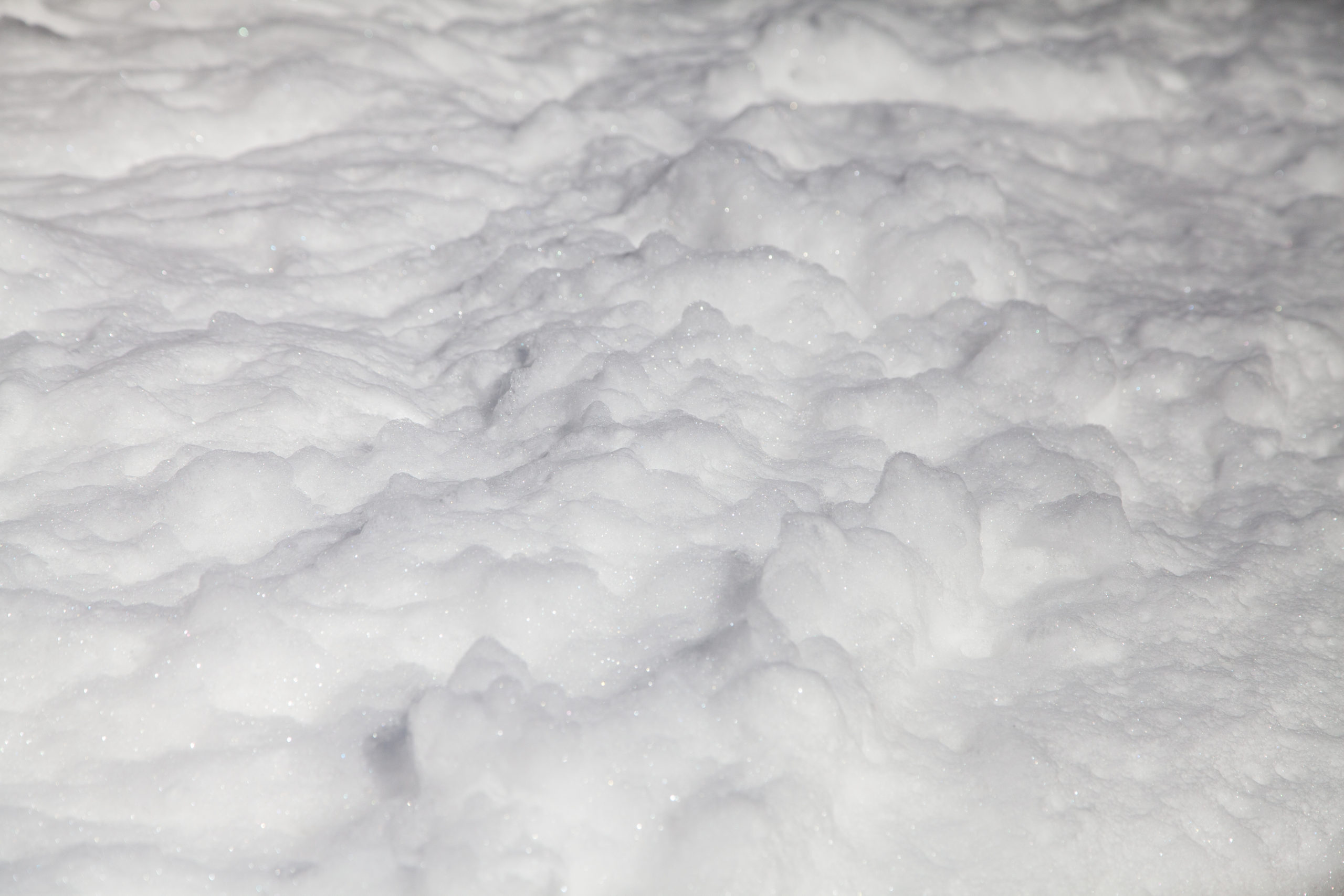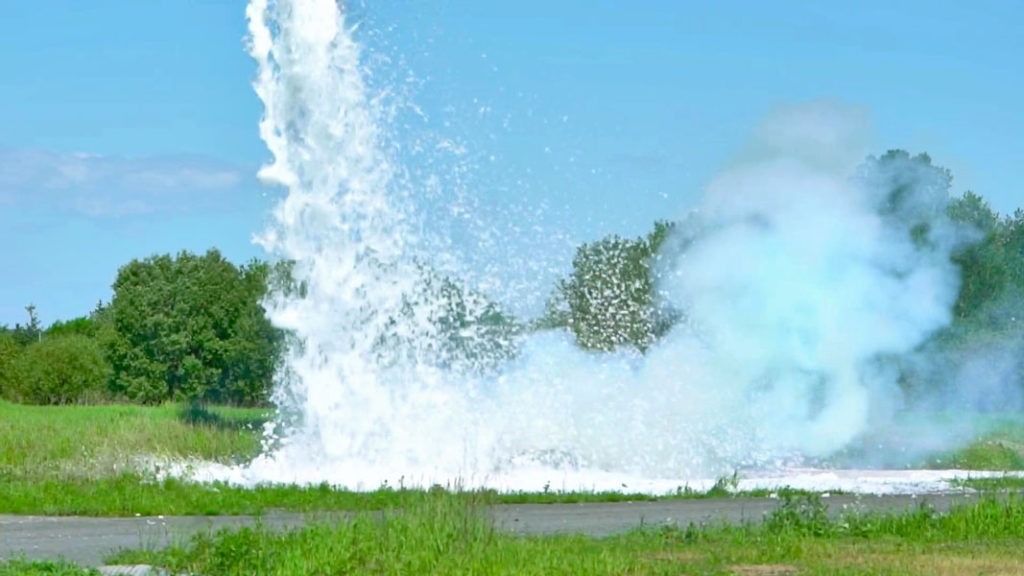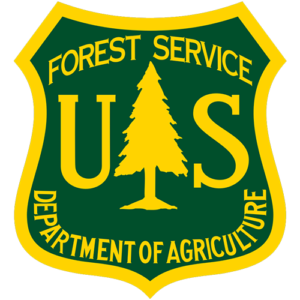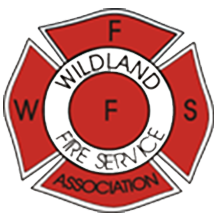High expansion Class A foam is extremely effective as both a direct attack suppressant and an indirect attack product. (When used for indirect attack, high expansion foam remains effective for many hours after application). To date, application of the product has been limited to ground resources. For the first time, an airborne platform has been devised with impressive capabilities in a range of capacities. The Striker Airborne Fire Engine™ is an advanced aerial firefighting suppression system designed to give the firefighter a versatile tool to successfully combat wildland fires with higher Probability Of Success (POS) and better fire control Interaction Percentage (IP). The Striker Airborne Fire Engine™ can be used to support all wildland firefighting operational drop objectives.
U.S. Department of Agriculture, Forest Service, National Technology and Development Program (NTDP), Wildland Fire Chemicals Systems
Why use Class A Foam?
- Listed on the Qualified Product List (QPL)
- Qualified by U.S. Department of Agriculture, Forest Service in Accordance with Forest Service Specification 5100-307a
- Used according to instruction and agency policies
- Environmentally safe, and biodegradable
- Non-toxic, containing no harmful chemicals
- Designed for woody fuels
- High Expansion Class A Foam is the most effective suppressant available
What are the benefits of using High Expansion Class A Foam?
- Wetting agent: Surfactants in the foam solution increase the wetting effectiveness of the water draining from the foam blanket. This gives the solution/water the ability to spread and penetrate into Class “A” materials.
- Heat reduction: The increased surface area of the foam bubble over plain water droplets increases the ability to absorb heat dramatically.
- Containing combustible gasses: The foam blanket effectively covers and coats burned or partially burned fuels thereby trapping escaping vapours.
- Radiant heat reflection: The white colour of foam when used in an “indirect” attack reduces the effect of radiated heat.
- Insulation: Generated foam is essentially entrapped air bubbles, which keep fuels cool by insulation.
- Clinging characteristics: Generated foam holds water on vertical or three-dimensional surfaces, which gives time for the water to penetrate into any Class “A” fuels.
- Stability: foam holds its shape, adheres well, and releases its solution slowly, creating a better insulating blanket for longer periods.
- High visibility: it is very easy to determine where foam has been applied.
- Water saving ability: Class “A” Foam solution has been documented as being from 3 to 5 times more effective than as a Class “A” fire suppression agent than plain water by the National Institute of Standards and Technology. Due to this increased effectiveness, less water is used. The attribute greatly reduces the amount of water damage of a structure or property.
- Inexpensive: Due to very low mixing ratios.

What are the common applications for high expansion foam?

- Direct Attack of Wildland Fire
- Indirect Attack of Wildland Fire
- Mop-Up Application
- Structural Protection (e.g., Urban Homes, Wildland Cabins and Historic Sites, Government Facilities)
- Wildland Urban Interface Protection
Class A Foam has been studied and approved for use in both air and ground resources by the following agencies:






Striker Airborne Fire Engine™
The Ultimate Wildfire Containment System
✓ Breakthrough Technology
The Striker™ is the ultimate and long-awaited wildland fire suppression system. The Striker™ is a true force multiplier using a much higher-expansion Class A foam. A single helicopter coupled with a Striker™ unit delivers many times more suppressant capability compared to others. The high-expansion foam is four times more effective than water alone based upon the USDA Forest Services analysis.
✓ Eco-friendly
The Striker™ is designed and manufactured with the environment and nature in mind. It suppresses wildland fire using a biodegradable, environmentally safe, water-based additive that is listed on the USDA Qualified Products List (QPL) that has been thoroughly vetted by the world recognized wildland fire research experts. Class A foam is PFAS and PFOS free. (Note: Class A foam should not be confused with the problems associated with Class B foam).
✓ Safe & Easy
Striker™ has been designed and manufactured to be robust to withstand the harsh environment. The Striker’s™ features were built to accommodate pilot, mechanic, and ground crew ease of transport, attachment, flight characteristics, detachment, maintenance and environment safety like decrease water contamination and Preventing Aquatic Invasive Species Transportation. The Striker™ can be equipped with automated systems and features that consider pilot workload in the high risk, low altitude environment.

Striker Airborne Fire Engine™ For Type I helicopters (e.g., Firehawk)
✓ Unmatched Drop Pattern & Coverage
The Striker™ drop pattern is unparalleled—no other airborne technology results in foam line length, density, and coverage level. The Striker I Heavy™ with 3,000 foam solution tank yields a 60,000 US gallons of 1% high expansion foam per drop with Coverage Level (CL) 1-83 gallons per hundred square feet-(gal/100 ft2)-(gpc) of foam. These drops coverage makes for more effective wildland fire suppression with fewer required flight missions, saving time and money.
✓ Highly Versatile & Adaptable
Striker™ is easy to use—just Pickup & Fly! It does not require any helicopter modifications and therefore no STC nor 337 actions. Long line/Vertical reference pilot skills are all that is needed, therefore no additional pilot nor crew training is required. Due the Striker™ variable abilities in dispersing foam (wet-dry),water salvo drop, split drop, rain like droplet, mist and water-enhancer, the Striker™ can be used effectively in any fire operations drop objective without the need to change the aerial platform.
✓ Effective & Efficient
Based on the tested Striker’s™ high drop volume, extraordinary drop length, and long-lasting foam, the Striker™ technology is 500% more effective than the traditional aerial firefighting technologies, and significantly reducing the aerial resource demand and cost. There are hundreds of helicopters flying thousands of flight hours each year fighting wildland fire from the air. Pairing of Striker™ systems to these helicopters is the very definition of a force multiplier.
The Striker Airborne
Fire Engine™ Foam
vs.
Traditional Aerial
Firefighting Foam
The Striker Airborne Fire Engine™ Advantages
Striker Airborne Fire Engine™ Frequently Asked Questions
The term ‘Foam’ can be misleading. For decades firefighters have used surfactants (detergents) that decrease the surface tension of water. Aircraft foam systems have simply injected the surfactant into the tank or bucket and have successfully used Class A foam as a suppressant. The Striker technology uses the same Class A foam product, but instead turns the load of water into high expansion foam that is similar to that which is produced from a ground based compressed air foam system (CAFS).
A firefighting foam is simply a stable mass of small air-filled bubbles, which have a lower density than oil, gasoline or water. Foam is made up of three ingredients – water, foam concentrate and air.
Unlike other extinguishing agents – water, dry chemical, CO2, etc., a stable aqueous foam can extinguish a flammable or combustible material by the combined mechanisms of cooling, separating the flame/ignition source from the product surface, suppressing vapours and smothering.
Class A foam to suppress cellulose based products like wood and gasses
Class B foam to suppress petroleum based products like gasoline and diesel fuels
Depend on the foam expansion ration the foam can be described as wet foam or dry.
Wet foam and dry foam have its own application objectives.
Wet Foam or Low expansion foam: Watery- Large to small bubbles- Lacks body- – Expansion ratio 5:1- Fast drain times Better for cooling and wetting
Dry Foam or high expansion foam: Similar to shaving cream- Medium to small bubbles- Mostly air- Clings to vertical surfaces- expansion ratio 20:1- Slow drain times-use for protecting tree crowns
Yes, the Striker™ have many options of dropping wet or dry foam based on the objective. Because of the unique foam generator design the Striker™ can product wet and dry foam at the same time. For example, the operator can drop a wet foam in the center, while having a dry foam on the outer edge.
Current drop pattern testing for the expanded foam was conducted at different helicopter speed ranging from 35 knot-50 knot form and an altitude of the Striker™ form the ground ranging from 35-100 feet. The Striker™ is expected to perform well at higher speed and altitude by upgrading few components. In general Drop pattern differ based on the helicopter speed, altitude, Striker™ model, foam construction ratio and few other variable related to the Striker™ operation.
If you have more questions, please reach out to us via our contact page.



